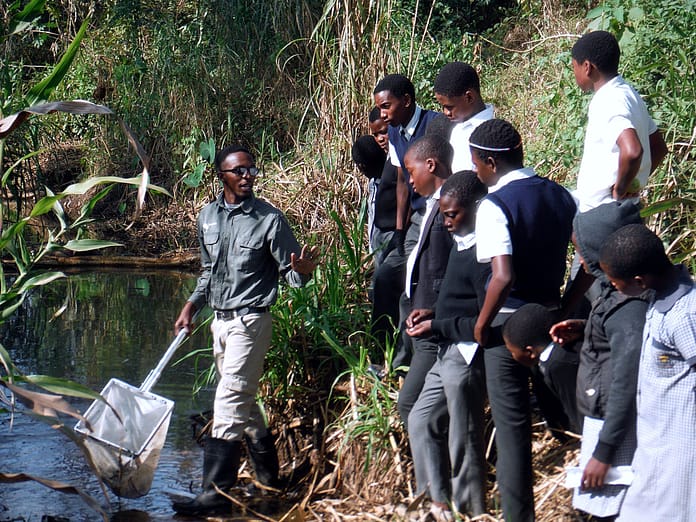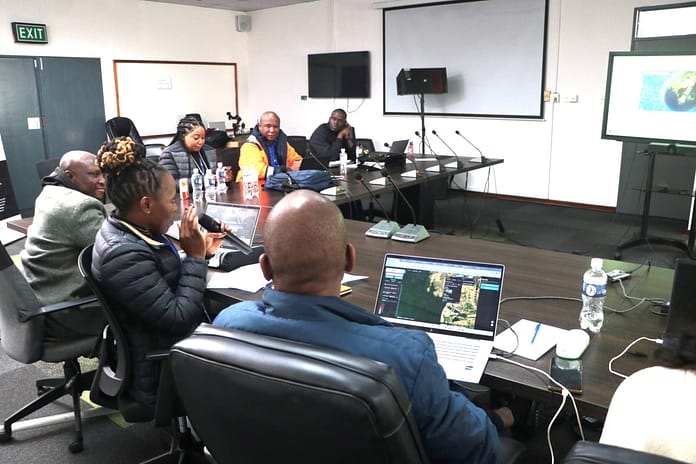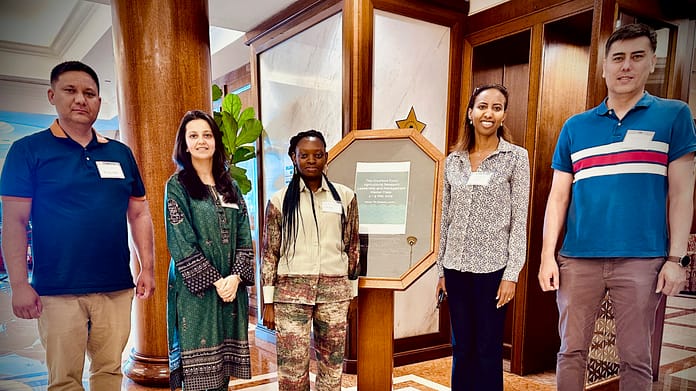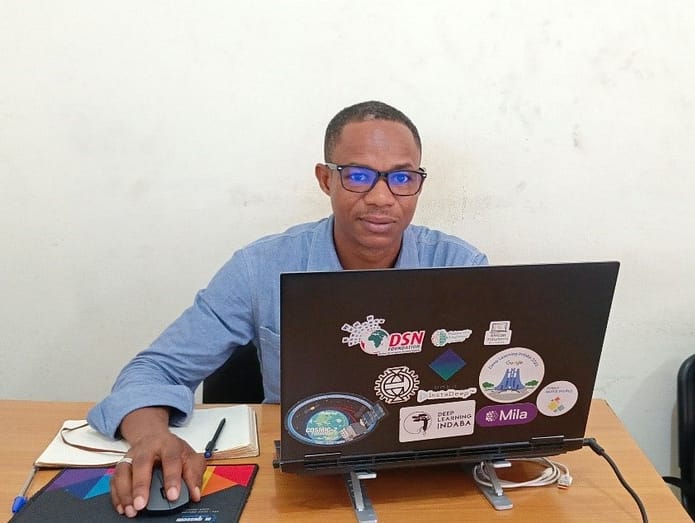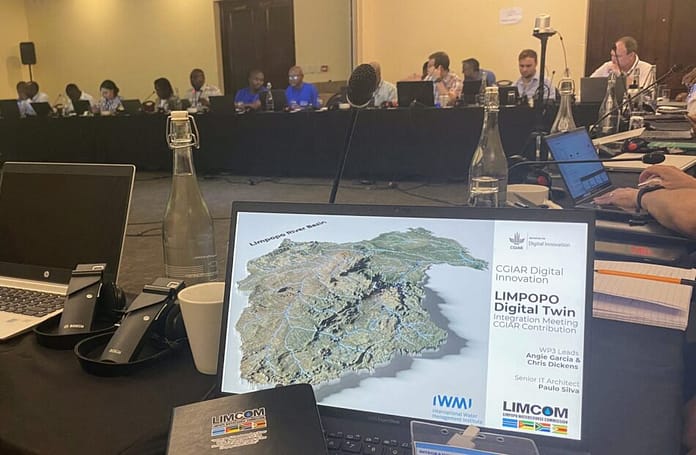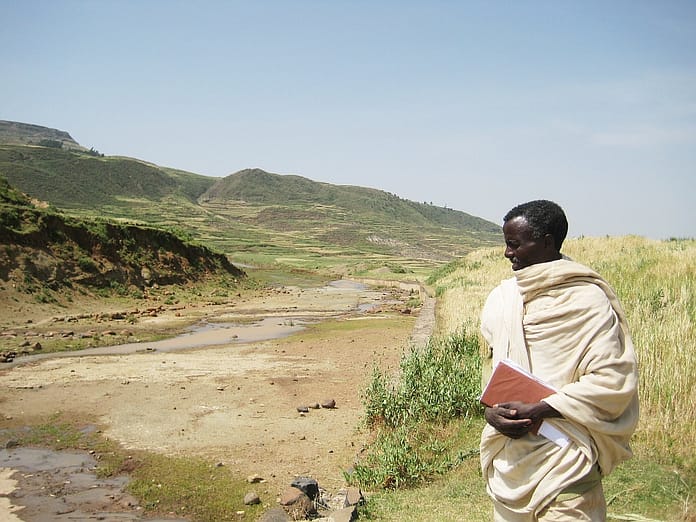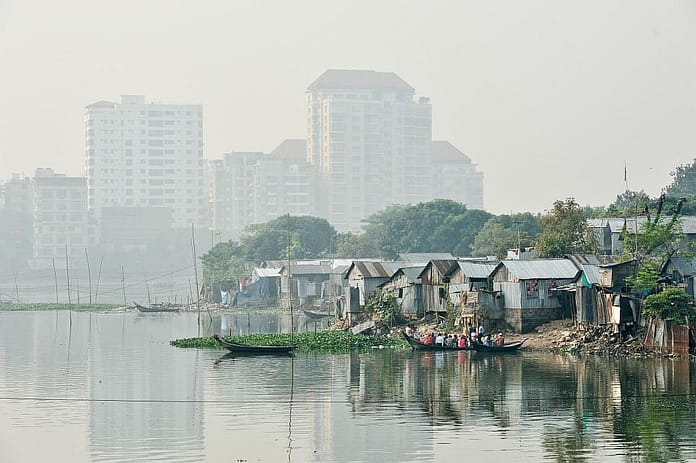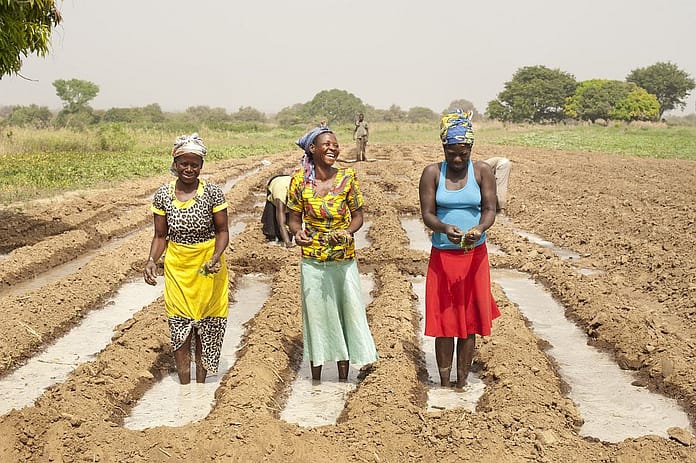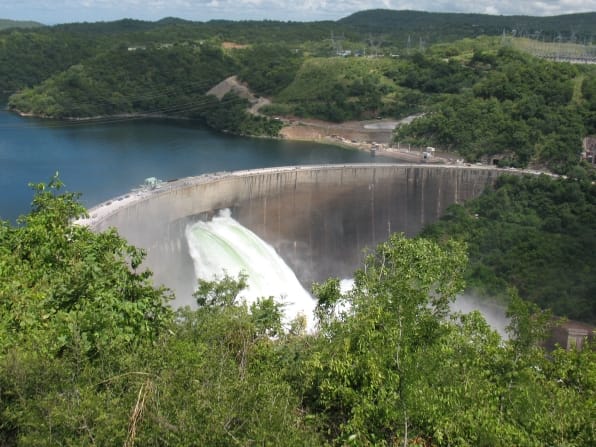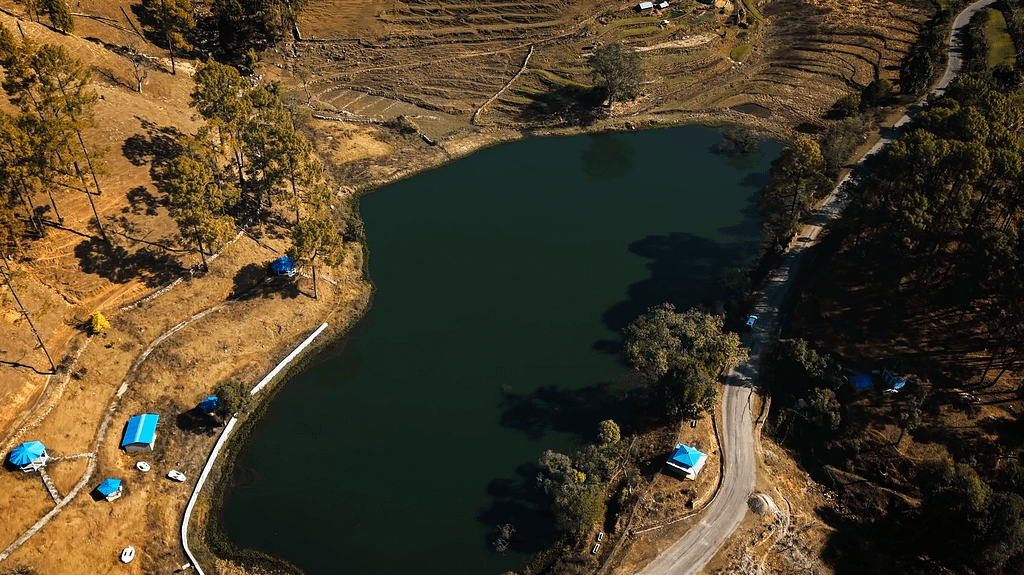
The Water, Energy, Food, Ecosystem (WEFE) Nexus offers a holistic framework for managing natural resources across different scales. By treating water, energy, food and ecosystems as mutually interdependent, the Nexus approach challenges the long-standing practice of managing resources in isolation. These systems are tightly linked – water withdrawals, energy use and food production, for example, influence one another in ways that create both synergies and trade-offs. When such linkages are overlooked, for example, constructing a road in a geologically fragile area without assessing its trade-offs, it can lead to landslides, accelerated loss of life and biodiversity, and lasting negative impacts on the ecosystem and local livelihoods. The WEFE approach therefore calls for a shift away from sectoral silos and urges for the need to account for the transboundary nature of resource interconnections.
Actions affecting one resource often have impacts beyond local or national borders. For example, an upstream dam might adversely affect drinking-water systems and biodiversity downstream in a different municipality, province or country. Almost 60% of the world’s freshwater flows through borders, with 153 nations sharing at least one of the planet’s 286 transboundary river-lake basins and 592 joint aquifer systems. Such cross-border spillovers are therefore the norm rather than the exception. These transboundary effects make cooperation essential. But the very complex nature of international collaboration presents major governance challenges.
Applying the Nexus approach within a single watershed however, would be much more feasible as a starting point and a case study for transboundary cooperation in resource management. If we can use existing governance structures to facilitate cooperation at a smaller scale, a watershed boundary can serve as both an effective starting point and a model for implementing cross-sectoral and transboundary nexus-based development strategies. Such localized examples can provide valuable insights into challenges and solutions that could be present in larger, cross-border WEFE interlinkages.
In Nepal, a similar fragmentation of resource governance persists. Policies and organizations working on the WEFE sector across all tiers of government often operate in silos with limited coordination and integrated planning. This has led to inefficiencies and projects are falling behind because design approval processes across different departments are unsynchronized, and neighboring states are disputing water usage as Nepal transitions to a new federal structure. These challenges present an enormous potential to adopt the nexus-based approach for resource use and project development and planning in Nepal.
To fill this gap, the International Water Management Institute (IWMI) in Nepal has been conducting action research, policy advocacy and capacity-building programs since 2022 to promote the WEFE Nexus approach at the national, provincial and local levels. IWMI’s capacity strengthening programs on WEFE have drawn the attention of policy makers and academic institutions. Similarly, IWMI has also been piloting a localized WEFE nexus approach in municipalities within watershed-scale.
Rangun Watershed communities are benefitting from the WEFE Nexus approach
The Rangun watershed, located in the Mahakali-Karnali River Basin, a transboundary river between Nepal and India, comprises of three municipalities – Aalitaal, Parshuram and Jorayal. Covering about 688km2, 91% of it forested, its slopes cause flash floods and landslides. These conditions further contribute to sedimentation and soil erosion, hindering irrigation and agricultural activities. A sectoral approach, and weak coordination among municipalities hinder resource sharing, disaster response and long-term cross-border planning. Climate change and social exclusion further increase hazards and vulnerability for marginalized communities.
IWMI, in collaboration with Oxfam, is piloting the Nexus approach in the Rangun watershed through the Transboundary Rivers of South Asia (TROSA) program. The project equips local governments and stakeholders with skills and knowledge they need to integrate nexus thinking into plans, budgets and policies. It is building on Oxfam’s successes with TROSA since 2017, such as the development of a People’s Landscape Approach to natural resource management. Oxfam has integrated the Nexus approach under this overarching idea which aims to empower various stakeholders and institutions with adaptive capacities and resilience. Other successes include disaster risk reduction activities, the establishment of women empowerment centers and the creation of a multi-stakeholder platform to promote inclusive and collaborative water management.
Drawing on this foundation, in December 2024, IWMI organized a training on the WEFE Nexus approach to enhance the capacity of local representatives, municipal staff, the prospective members of the multi-stakeholder platform and members of Women Empowerment Centres (WECs) to apply a gender-responsive lens in their interventions.
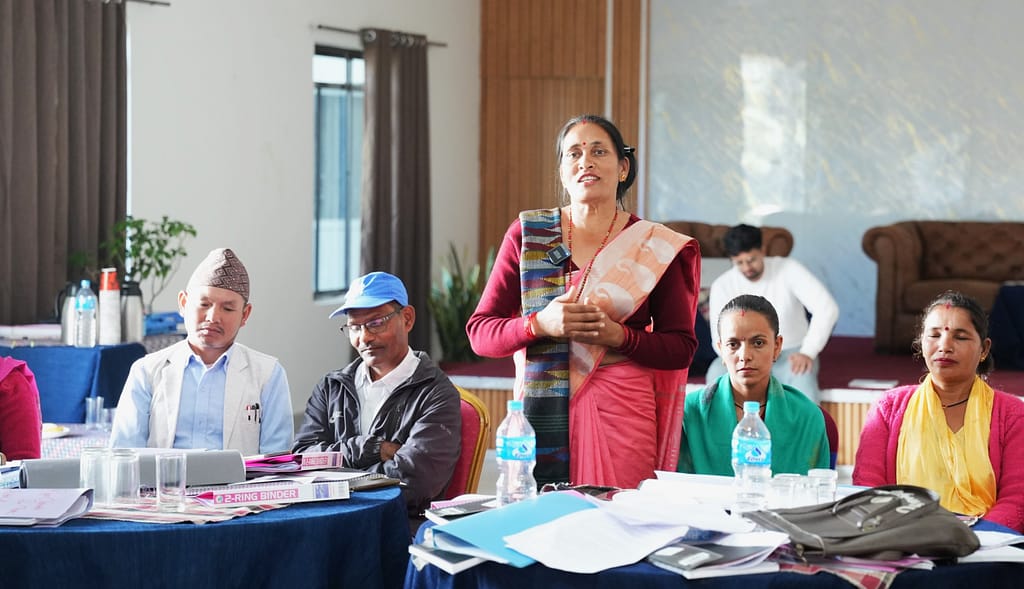
A participant is speaking at the gender-responsive WEFE Nexus training in Dhangadi, Nepal in December 2024. Photo: Razz Media for IWMI
The deputy mayor of Alital, Maina Rawal, emphasized that the workshop has provided “the necessary support for us to include these issues in our strategic planning and policy programming.” Hirana Kami, a member of one of the WECs, reminded, “If the resources are not managed collaboratively, the consequences of the flood that occurs every year in the region may have massive destruction. Hence, inter-municipal collaboration is essential and WEFE Nexus approach appears to be a solution for managing natural resources.”
Upon the request of participants from all three municipalities IWMI organized a training for the members of the executive committees (Karyapaalikas) in Alital, Parshuram and Jorayal. The gender-responsive workshop empowered participants with skills to integrate the Nexus approach into local plans and budgets in support of collaborative resource management within the Rangun watershed.
Rangun watershed as a governance model
To further ensure the integration of the WEFE Nexus approach into policies and planning of the Rangun Watershed, the multi-stakeholder platform presents a strong foundation for cross-sectoral and cross-municipal collaboration on various WEFE-related issues. Specifically, the platform provides a base for forming inter-municipal and inter-sectoral committees – “nexus instruments” – in the watershed’s governance structures. Further trainings to help municipal offices quantify those synergies and trade-offs could boost the practical application of Nexus thinking in local planning and budgeting, sharpen evidence-based investment decisions and strengthen cross-municipal cooperation on shared natural resources.
Moving forward, the municipalities in the watershed would benefit from further advisory and technical support to plan and design WEFE related projects. This will require a scaling up of capacity-building initiatives and a continuous advocacy effort to shift from a siloed to a nexus-based approach in natural resource management.
By advancing these efforts, the Rangun watershed can serve as a strong springboard for creating an integrated and sustainable natural-resource governance model, both benefiting local communities and setting an example for larger administrative boundaries and transboundary ecosystems.



